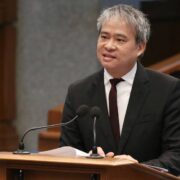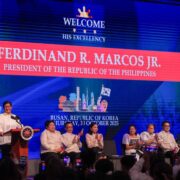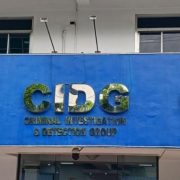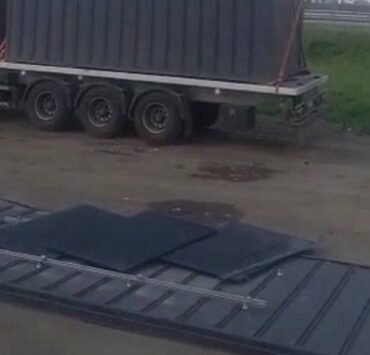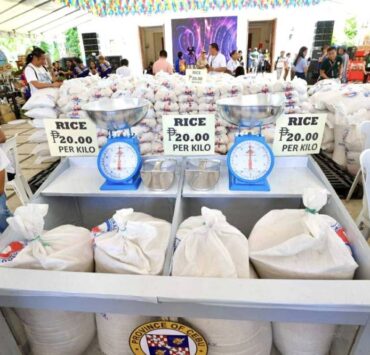DOST launches bamboo textile innovation hub in Pangasinan

LINGAYEN, PANGASINAN —Bamboo is no longer just for houses and furniture. It is now wearable.
Thanks to the Department of Science and Technology (DOST), bamboo can now be processed into textile fiber used for garments, bags, curtains and more.
This breakthrough was announced during the launch of the Bamboo Textile Fiber Innovation Hub (BTFIH)—Pangasinan, held on May 30 at the Pangasinan State University (PSU) in Lingayen.
DOST Secretary Renato Solidum Jr. led the event and highlighted the potential of bamboo as a sustainable raw material for the textile industry.
As part of the launch, the agency turned over to PSU two locally manufactured machines designed to extract fibers from bamboo poles, which will then be brought to a processing facility in Ilocos Norte for yarn spinning and preparation for weaving into various textile products.
“This project supports local communities, enhances research, and nurtures local industries—especially considering that bamboo is one of nature’s most sustainable resources, requiring minimal water to grow,” said Razeale Resultay, PSU vice president for Research, Extension, and Innovation.
Naturally stiff
Solidum noted, however, that bamboo fibers are naturally stiff and must be blended with other materials, such as cotton, to make them viable for fabric production.
The DOST initiative also aims to boost community-based weaving industries, including the one in Barangay Mapita of Aguilar town, where a group of Indigenous weavers from the Cordilleras is reviving traditional handweaving practices.
Other active weaving communities are located in the towns of Mangatarem, Umingan and San Nicolas.
Among the 19 known bamboo species in the Philippines, the Pangasinan-grown “kawayan tinik” and “bayou” are considered ideal for textile use due to their high fiber content.
“A single bamboo pole can yield enough fiber for five blouses,” said Dr. Julius Leano Jr., director of the DOST-Philippine Textile Research Institute (PTRI).
For comparison, a banana trunk produces only about 3 percent fiber by weight, while a bamboo can yield up to 35 percent.
Dyes
To enhance the value of bamboo fabrics, especially in international markets, the DOST is also promoting the use of natural dyes, said Solidum.
Leano noted that local dye sources include talisay (for black), onion skins (for yellow to orange), and young coconut husks (for pinkish tones).
Bamboo fabrics also offer functional benefits. “You won’t perspire,” Leano said, sharing that his own Barong Tagalog made of bamboo fabric is lightweight and breathable.
Currently, bamboo fabric sells for about P200 per yard (60 cm wide), making it more affordable than piña fabric, which can cost up to P400 per yard.
Solidum said the DOST envisions a full-scale bamboo textile manufacturing ecosystem—from cultivation and fiber extraction to yarn spinning, weaving, and garment production. The goal is to complete this integrated system within two years.
The PSU-based BTFIH is the second innovation hub established in the Ilocos Region since the program’s launch in September 2023, following the first in Naguilian, La Union. Other hubs are located in Cauayan City (Isabela), Maragondon (Cavite), Lagangilang (Abra), and Buenavista (Agusan del Norte).
Like its counterparts, the Pangasinan hub can process up to 40 kilos of raw bamboo daily, supporting full-time livelihood opportunities for around 20 families. This can generate a gross monthly income of P250,000, or P3 million annually.
The hub will also serve as a research and development facility for PSU students and other state universities and colleges conducting studies on bamboo fiber.




